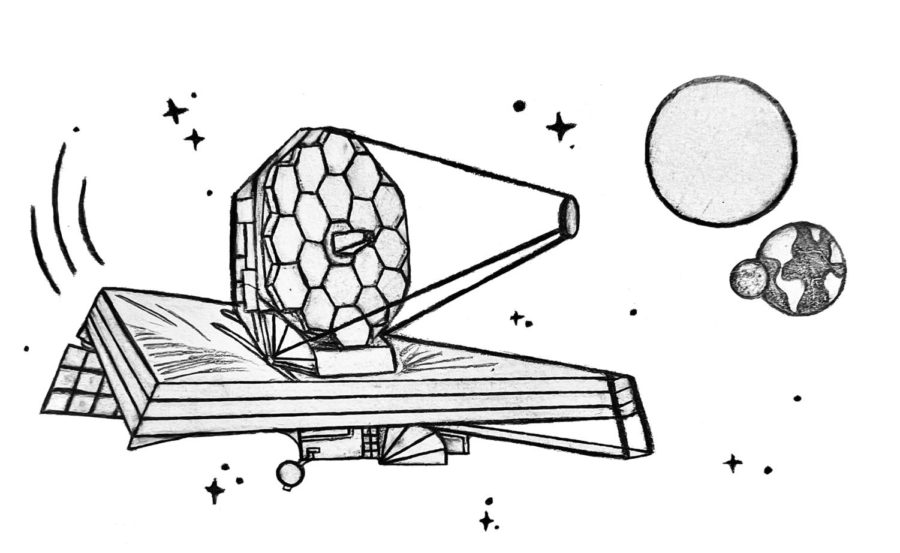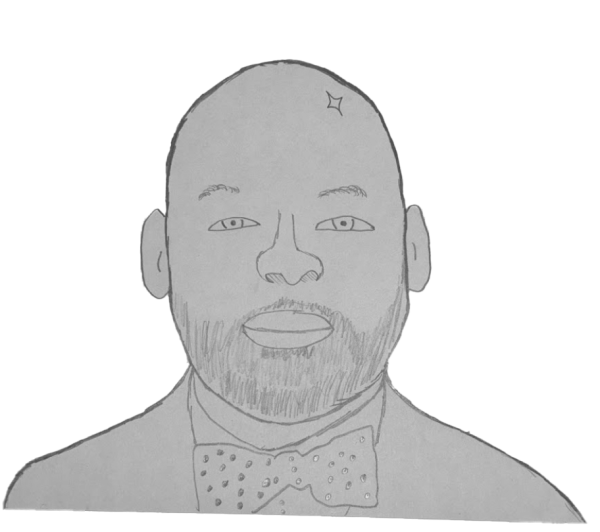A New Age of Astronomy
Everything you need to know about the James Webb Space Telescope.
The Hubble Space Telescope has long been at the forefront of astronomy, having been used to observe distant galaxies, stars, nebulae, and other distant objects. However, it is more than thirty years old and no longer has the technical capabilities scientists need access to. A group of space agencies from North America and Europe came up with a solution: build a new higher-tech space telescope to supplement – and eventually succeed – the Hubble. This was the beginning of the James Webb Space Telescope, which was launched in Kourou, French Guiana in December 2021. Currently, the telescope is traveling through space towards its future orbital point.
Whereas the Hubble orbits low to the Earth at around 340 miles, the James Webb telescope – affectionately known as Webb – will orbit the sun at L2, one of five Earth-Sun Lagrange points. They were named after Joseph-Louis Lagrange, the Italian mathematician who discovered them in the 1770s. Lagrange points are equilibrium points between the gravities of two large celestial objects, according to Zachary Shaw, an astronomy and physics teacher at Garfield High School. When the telescope reaches its orbital location, Shaw states it “basically won’t fly into the sun or fly into the Earth”.
While the successful launch of Webb is an exciting moment for the study of the universe, the pre-launch process was far from smooth. Planning for its development actually began before the Hubble telescope’s launch in the 1980s, but it was put on the back burner until the early 2000s. The cost was initially estimated at one to three and a half billion dollars, but poor budgeting, design difficulties, and congressional gridlock led to more than ten years of delays and cost overruns all the way up to roughly ten billion dollars. However, this particular ordeal has had one positive effect.
“We’ve learned a lot about how we could make this more affordable next time,” Shaw says.
In addition to these issues, the naming choice for the telescope has been controversial. James Webb was the second administrator of NASA, overseeing a number of Apollo moon missions when the Cold War-era space race was in full swing. During Webb’s tenure at NASA, federal agencies attempted to purge their payrolls of anyone accused of being gay; a NASA budget analyst named Clifford Norton was fired for this reason. In a statement, the agency publicly called his sexuality “immoral, indecent, and disgraceful.” While no direct evidence connects Webb to this statement, many contend that he was complicit in the firing due to his status as the head of the agency.
Despite the issues that Webb’s development and naming have caused, the telescope’s launch and flight to L2 have been quite successful so far. After exiting Earth’s atmosphere, the telescope’s sun shield and honeycomb-patterned mirror moved into place as planned, and the telescope has so far followed the expected trajectory for its transit. Astronomers and space enthusiasts are excited for Webb to become operational. “[It] will be able to see objects up to one hundred times fainter than Hubble,” Shaw said. This will allow incredibly distant objects to be observed for the first time, and in many different types of energy – Webb has detectors of ultraviolet, infrared, and other types of non-visible light that are far stronger than that of the Hubble.
Ben is a 17-year-old senior at Garfield, and this is his first year on The Messenger. He's passionate about music, playing bass trombone and percussion...





